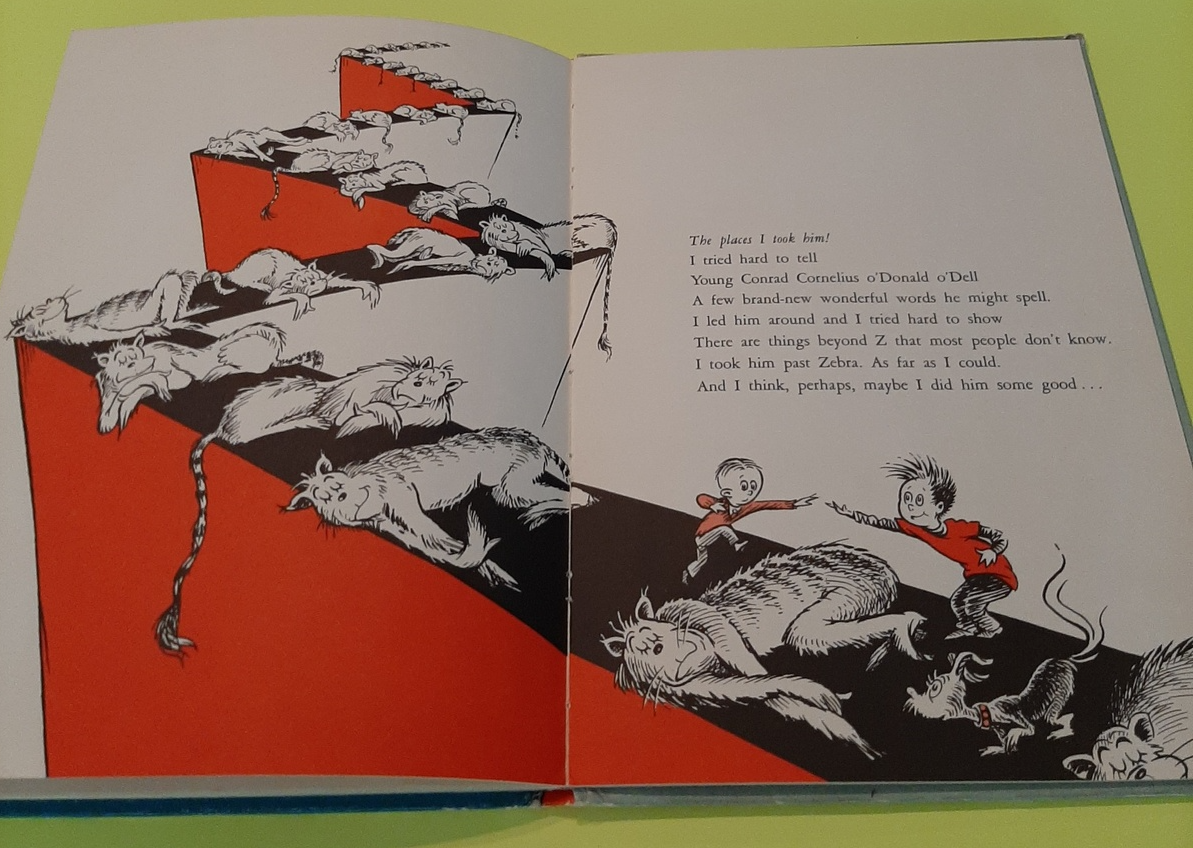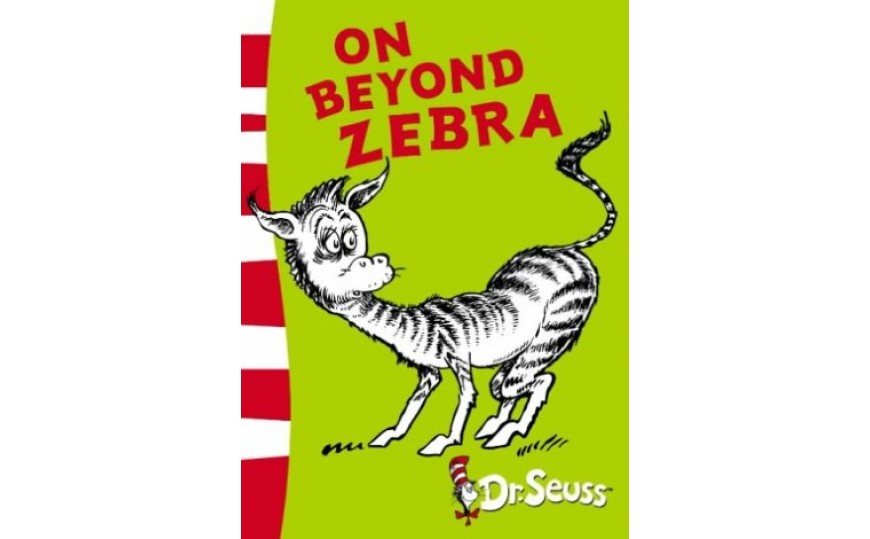


ULABY: So Seuss changed the character's skin color and called him a Chinese man, making it slightly less racist. Seuss himself reexamined sometime in the 1980s the figure described as a Chinaman colored in yellow. Seuss, came to regret it.ĭONALD PEASE: Dr. Donald Pease is a professor who holds a position named for Theodor Geisel at Dartmouth College. ULABY: That reading aired on NPR in 2004. UNIDENTIFIED PERSON: Suppose that I add a Chinese man who eats with sticks. ULABY: In that 1937 book, a little boy describes all the weird things he says he's seen on the street. UNIDENTIFIED PERSON: And to think that I saw it on Mulberry Street. The book "On Beyond Zebra!" is not exactly "The Cat In The Hat." All of the books contain racist caricatures. NEDA ULABY, BYLINE: Most of the six books in question are pretty obscure. And as NPR's Neda Ulaby reports, an early critic of racism in the books was Dr. Seuss will no longer be published was greeted today with applause and outrage. Seuss titles that would openly grapple with racism, most notably The Sneetches, which catalogues the travails of a bird-like species that enforces a rigid class structure based on which among them have stars on their bellies.The news that six books by Dr. Later in life, Geisel would pen several Dr. Photo by UC San Diego Special Collections and Archives action against Nazi Germany, and in one cartoon said Americans needed a “good mental insecticide” to clear their minds of “racial prejudice.” Waiting for the signal from home, published by Theodor Seuss Geisel just at the onset of Japanese-American internment in 1942.

While an editorial cartoonist for the liberal New York paper PM, Geisel was an early advocate for strong U.S. One 1942 cartoon even endorses Japanese-American internment by showing Japanese-Americans as disloyal citizens stockpiling explosives and “waiting for the signal from home.”ĭespite this, Geisel could simultaneously take stances against racism and prejudice, even when those concepts were against the mainstream.

Article content The “Nazzim of Bazzim” featured in On Beyond Zebra!Īfter the Pearl Harbor attack in 1941, Geisel published a number of cartoons depicting Japanese people with stereotypically prominent front teeth. This advertisement has not loaded yet, but your article continues below. The Cat’s Quizzer, the most recent (and least popular) of the six books appears to have gotten pulled because of a page 11 illustration of a yellow figure in a coolie hat with the caption, “how old do you have to be to be a Japanese?” The people of the fictional Arctic nation of Fa-Zoal are also shown clad in furs and paddling skin boats in order to harvest eggs from a “Grice.” Strookoo Cuckoo, for which he would enlist the help of a beturbaned helper named Ali. Scrambled Eggs Super! has its young protagonist boasting about the increasingly rare eggs he would source for breakfast, including that of the Mt. McElligot’s Pool follows a boy imagining the far-out things he’ll catch while fishing in a stagnant pond, including “Eskimo Fish from beyond Hudson Bay.” Inuit-looking figures depicted in Scrambled Eggs Super! If I Ran the Zoo features a young boy imagining a hunting expedition to the fictional land of Zomba-ma-tant where locals “wear their eyes at a slant.” Other pages also show the “African island of Yerka,” featuring squat African tribesmen with large hoops through their noses.Īnd To Think That I Saw It On Mulberry Street has its young protagonist imagining an increasingly fanciful street parade that includes “a Chinaman who eats with sticks,” a “Rajah, with rubies” and two fur-clad figures being pulled by a reindeer. Manage Print Subscription / Tax Receipt.


 0 kommentar(er)
0 kommentar(er)
